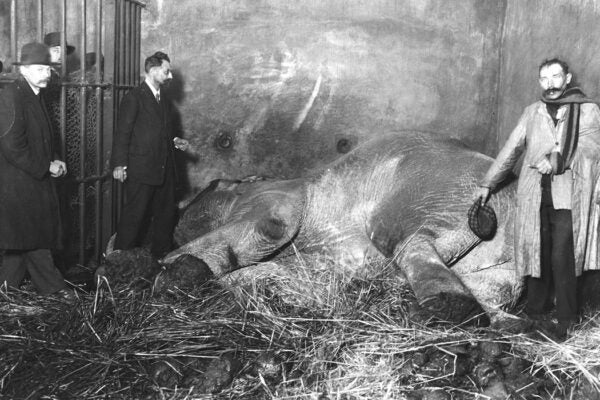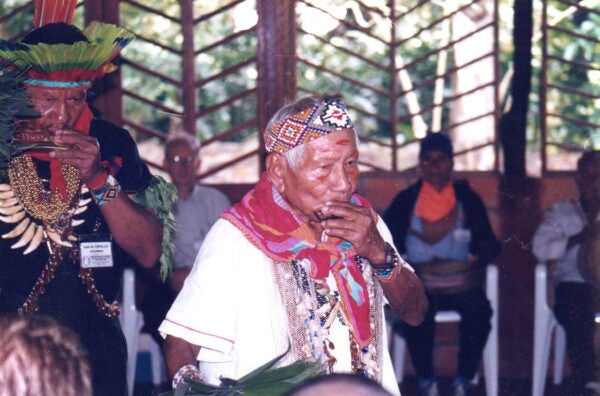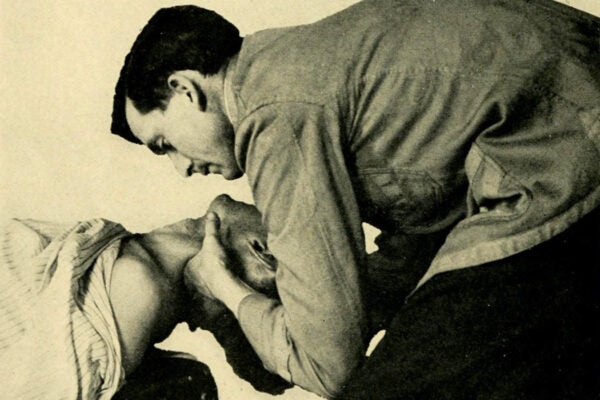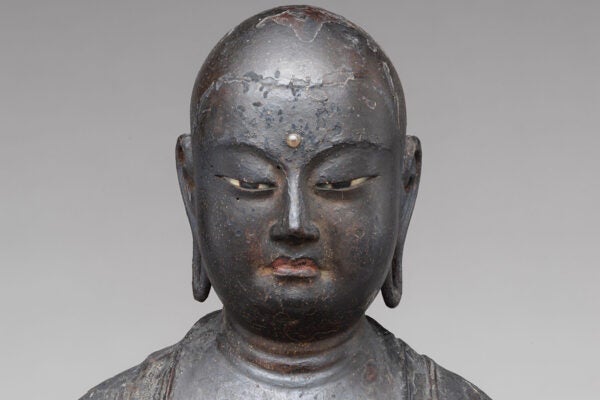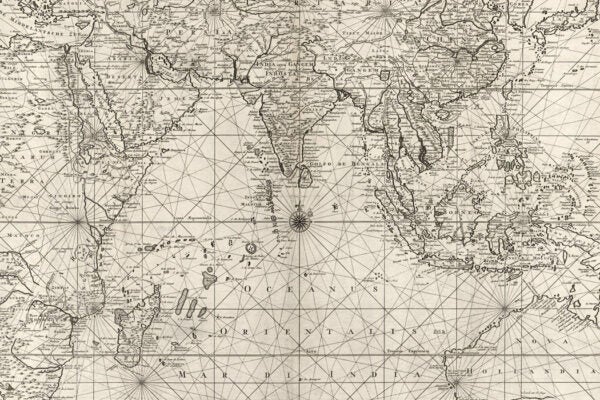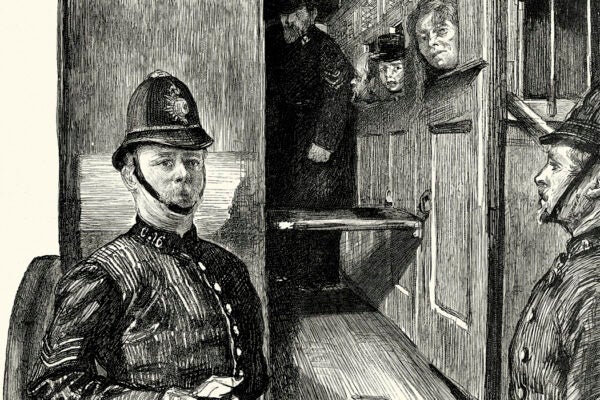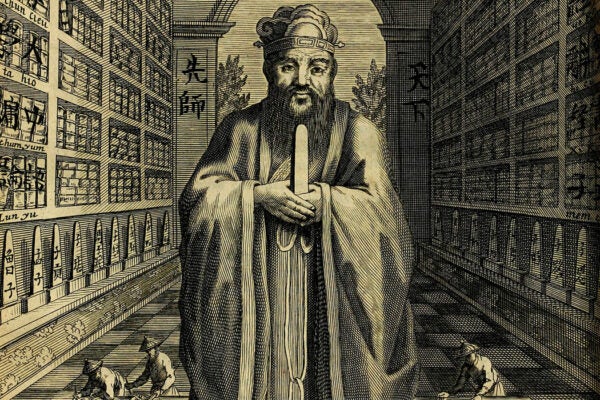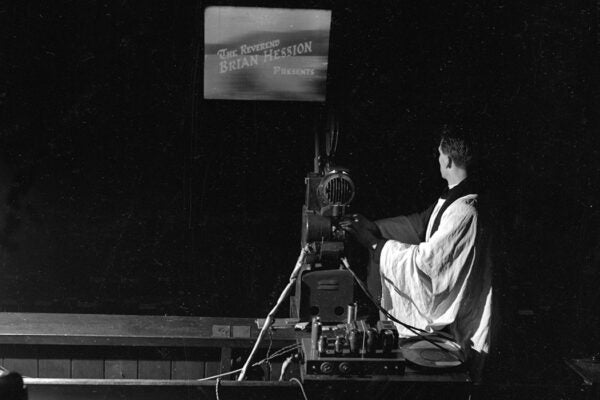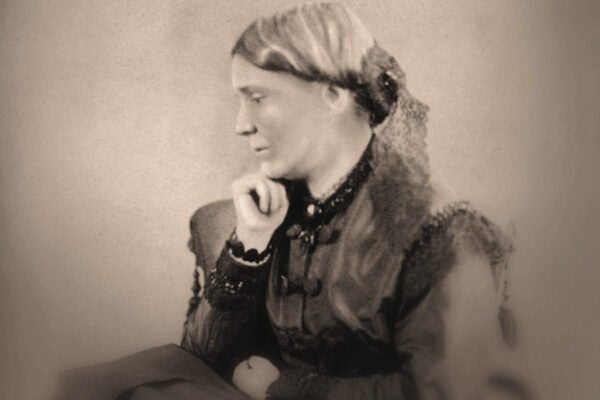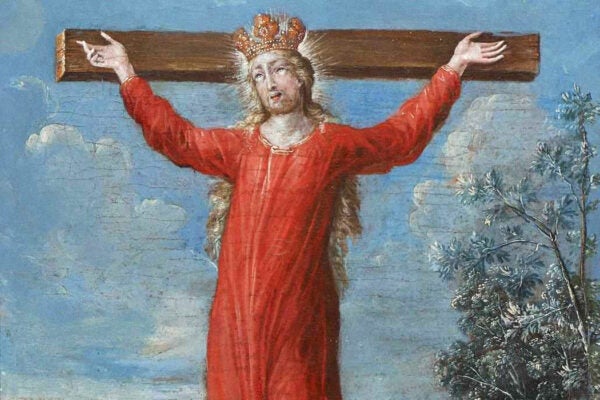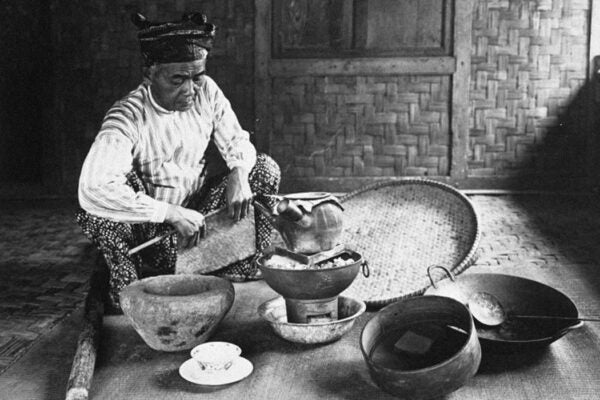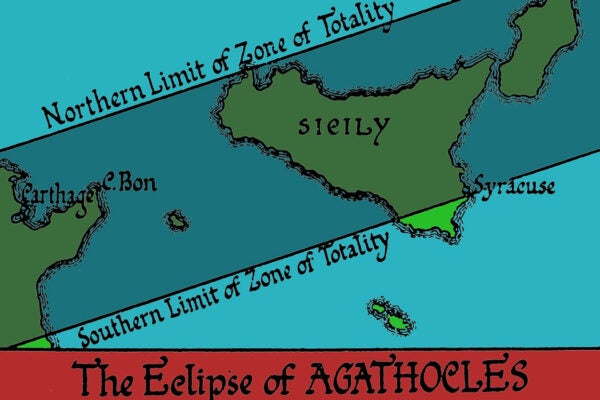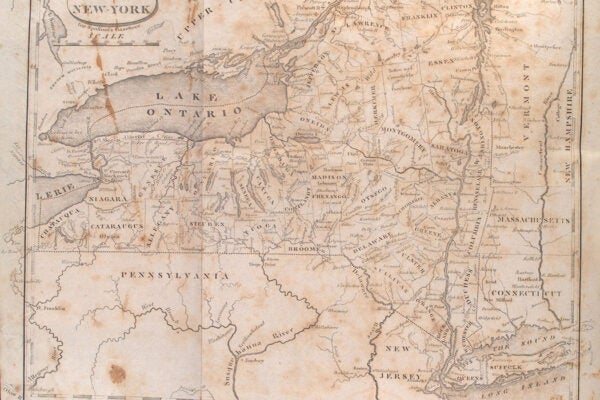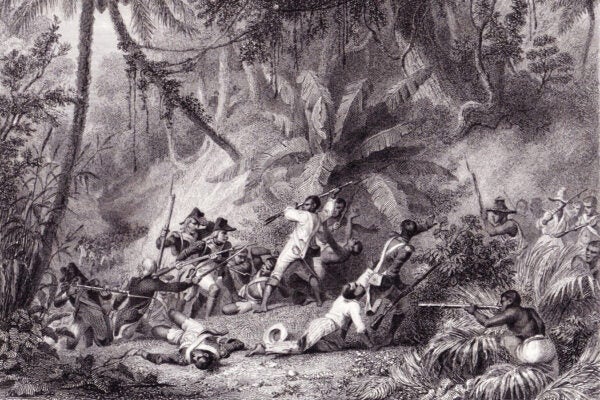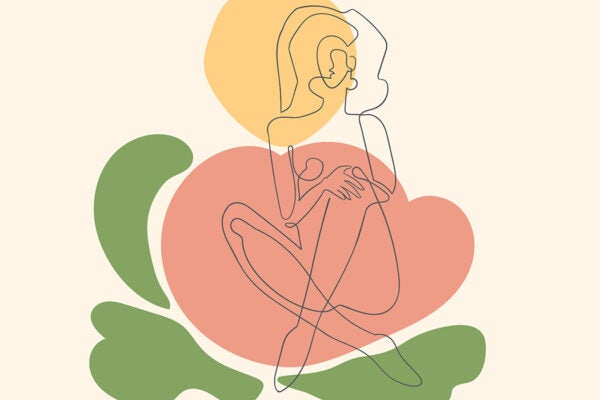The Power of the Veil for Spanish Women
In sixteenth-century Spain, veiling allowed women to move freely through cities while keeping their identities private.
Elephant Executions
At the height of circus animal acts in the late nineteenth century, animals who killed their captors might be publicly executed for their “crimes.”
The Diverse Shamanisms of South America
In Brazil, Indigenous people and city-dwellers of all backgrounds mix various shamanic practices, including rituals imported from North America and elsewhere.
The Metaphysical Story of Chiropractic
Chiropractic medicine began as a practice built on an approach to the human condition that was distinctly opposed to Christianity.
A Bodhisattva for Japanese Women
Originally known in China as Dizāng, the “savior of the damned,” Jizō has evolved into a protector of children and comforter of women in Japan.
Taking Slavery West in the 1850s
Before the Civil War, pro-slavery forces in the South—particularly the future president of the Confederacy, Jefferson Davis—tried to extend their power westward.
Culinary Fusion in the Ancient World
People from eastern Africa, the Arabian Peninsula, South Asia, and Southeast Asia have been sharing food plants across the Indian Ocean for millennia.
The Industrial Revolution and the Rise of Policing
The increased use of machines and the division of labor allowed for the production of standardized products. It also made it easier to fence stolen goods.
Colorful Lights to Cure What Ails You
Between 1920 and the 1960s, tens of thousands of people received treatment with a Spectro-Chrome to address various ailments.
Confucius in the European Enlightenment
Many Enlightenment thinkers admired Confucius, leading to a debate over whether classical Chinese philosophy was compatible with Christianity.
Seeing the World Through Missionaries’ Eyes
One way Americans got a look into life in distant parts of the world in the 1930s and ’40s was through films made by Protestant missionary groups.
Does Adultery Justify Murder?
There’s a popular (mis)perception that, prior to the rise of modern legal systems, a husband was considered justified in killing a straying wife.
Why Not Just Be a Nurse?
To be taken seriously as physicians, women doctors in nineteenth-century Britain felt the need to distinguish themselves from others of their gender.
Meet Saint Wilgefortis, the Bearded Virgin
A Christian martyr, Wilgefortis was divinely gifted with a sudden growth of facial hair to escape forced marriage, only to be crucified by her father.
The International History of “Indigenous” Malay Healers
The origins of Malay and Indonesian dukun healers are intertwined with the history of Persian involvement in the region.
The Swooning Knights of Medieval Stories
In romantic literature of the fourteenth and fifteen centuries, fainting wasn’t just for ladies.
How Astronomers Write History
Scientists’ approach to dating past eclipses changed when they stopped treating classical texts as authoritative records.
Chinese Science Fiction Before The Three Body Problem
Viewing the genre as a means to spread modern knowledge, Chinese novelists have been writing science-fiction stories since at least 1902.
A Mughal Mosque in Kenya
Built for Punjabi migrants brought to Africa by the British and modeled on Mughal architecture, the Jamia Masjid in Nairobi serves Kenya’s Muslim minority.
Reviving Chinese Festivals
The government of China has been working to revitalize traditional celebrations that were suppressed after the adoption of the Gregorian calendar.
Suppressing the Black Vote in 1811
As more Black men gained the right to vote in New York, the state began to change its laws to reduce their power or disenfranchise them completely.
The Haitian Revolution and American Slavery
For both US politicians and enslaved Black Americans, the Haitian Revolution represented the possibility of a successful violent rebellion by the oppressed.
Do You Own Your Body?
The idea that our bodies are our own may be intuitive, but when it comes to market transactions like surrogacy, our beliefs and feelings get more complicated.
Why Some Spartan Women Had Two Husbands
In ancient Sparta, it was accepted practice for more women to marry and have children by more than one man.
Jain Ascetics in a Material World
The Jain Śvētāmbara Terāpanth sect began as an ascetic discipline, but it has increasingly emphasized physical health over renunciation of the body.


